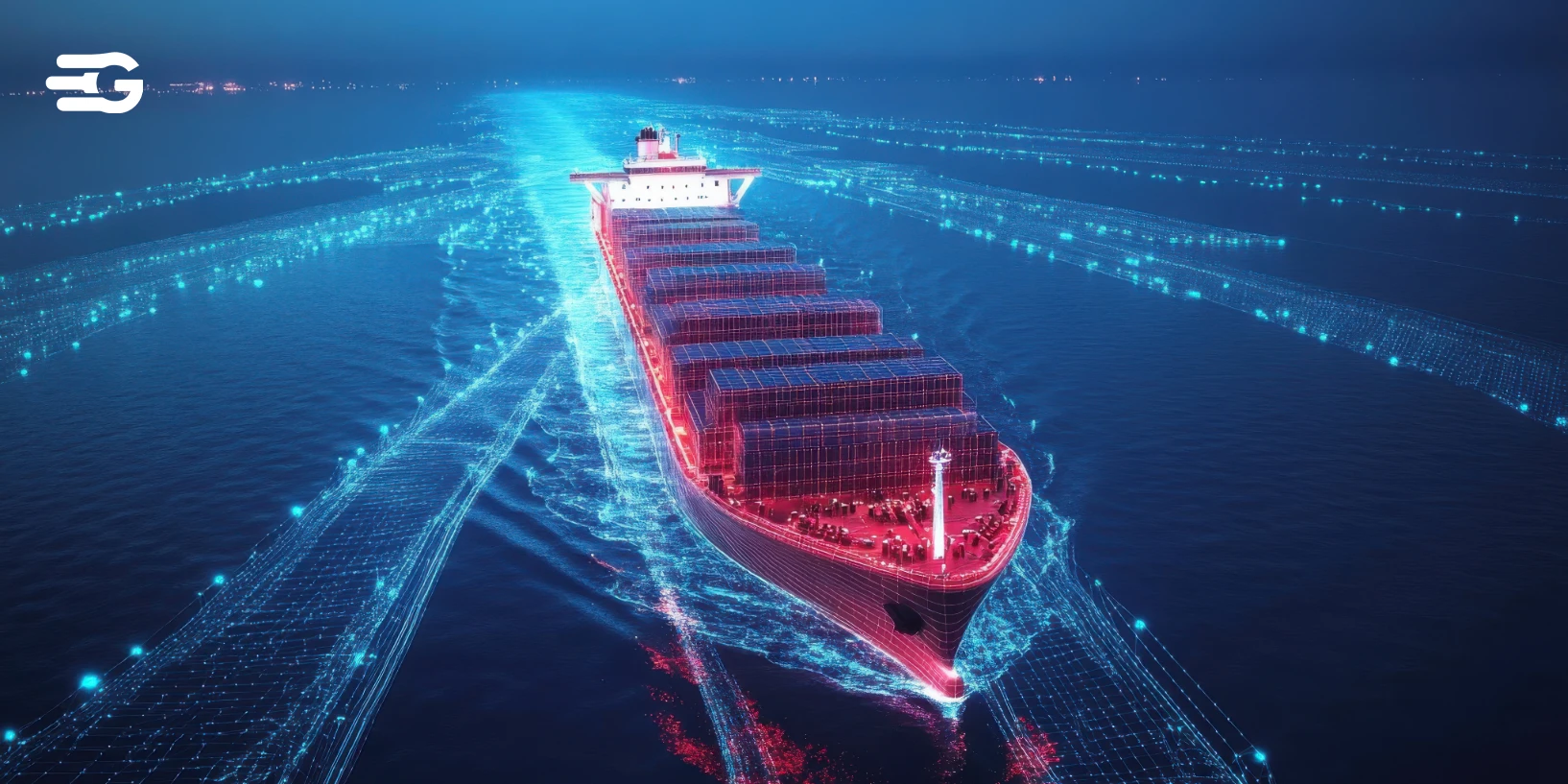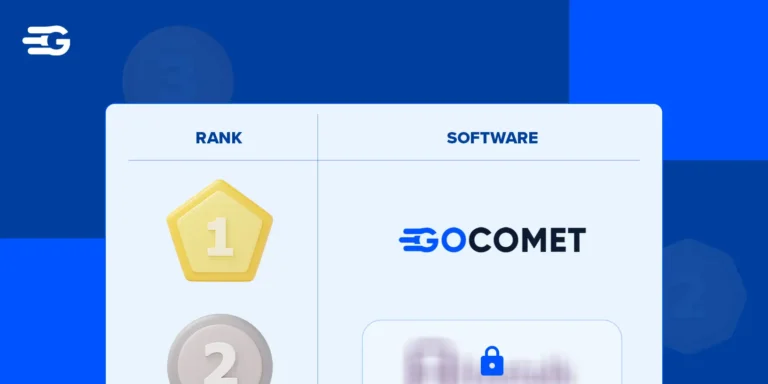Supply Chain Explained: How It Works and Why It’s Important
Table of Contents
Supply chains are often the unsung heroes behind every product we use. From raw materials to the finished goods we buy, supply chains ensure that products are available when and where we need them. But how exactly do they work, and why are they so crucial for businesses?
In this blog, we’ll break down the basics of what supply chains are, why they matter, and how businesses can optimize them for success. Whether you’re a business owner, logistics professional, or just curious, understanding supply chains is key to improving efficiency, cutting costs, and staying ahead in a competitive market.
What is Supply Chain?
A supply chain is the entire network of entities, resources, activities, and technologies involved in creating and selling a product. It encompasses everything from sourcing raw materials to delivering the finished product to the end customer.
The sheer complexity and importance of the supply chain has been excellently explained by Johny Stephen, the head of sales at GoComet, at the recent Odessey event in Singapore.
“When I take a sip of coffee, there are 200 people involve in that coffee reaching me, and that is the magnanimity of supply chain.”
Supply chains exist in every industry, from manufacturing and retail to healthcare and technology, making them fundamental to business operations worldwide. The efficiency of your supply chain directly impacts your company’s bottom line, customer satisfaction levels, and competitive advantage in the marketplace.
Key Components of Supply Chains
The components of a supply chain include suppliers, manufacturers, warehouses, distribution centers, retailers, and customers. Each component plays a specific role in moving products through the supply chain steps from production to consumption.
Raw material procurement begins the process, followed by manufacturing or production, inventory management, warehousing, transportation, and finally, delivery to customers. Modern supply chains also incorporate technology systems, data analytics, and automation tools that help coordinate and optimize these interconnected elements.
How Supply Chains Impact Businesses
Supply chains significantly influence operational efficiency, cost structures, and customer experiences. A well-designed supply chain reduces operating costs while increasing production capacity and speed to market.
Companies with optimized supply chain functions typically outperform competitors in profitability, customer retention, and market share growth.
Real-world supply chain examples include Apple’s tightly controlled production network, Amazon’s sophisticated fulfillment system, and Zara’s responsive fast-fashion model, all demonstrating how supply chain excellence drives business success.
The Role of Supply Chain Management in Business
A well-structured supply chain keeps businesses running smoothly. From sourcing raw materials to delivering finished products, efficient supply chain management (SCM) ensures cost savings, faster deliveries, and better customer satisfaction. Let’s explore why it matters.
Why Efficient Supply Chain Management Matters
Supply chain management (SCM) coordinates all supply chain activities to maximize customer value and achieve sustainable competitive advantage. Effective SCM integrates supply and demand management within and across companies.
Organizations with superior supply chain capabilities typically achieve 20% higher profit margins than industry averages. Proper management ensures products move efficiently from suppliers to customers with minimal delays, waste, or unnecessary costs.
Cost Reduction and Improved Operations
Strategic supply chain management directly lowers costs through inventory optimization, transportation efficiency, and reduced waste. Companies implementing lean supply chain principles report cost reductions of 15-30% across operations.
Better forecasting capabilities minimize stockouts while preventing excess inventory that ties up capital. Process standardization and automation streamline workflows, allowing companies to do more with fewer resources while maintaining or improving quality.
Risk Management and Resilience in Uncertain Markets
A solid supply chain helps businesses navigate disruptions like natural disasters, political instability, or global health crises. Risk management strategies include supplier diversification, strategic inventory buffers, and flexible production capabilities.
Forward-thinking companies develop contingency plans that enable rapid response to unexpected events. Supply chain visibility systems provide early warning systems that allow businesses to address potential problems before they impact customers.
Modern Supply Chain Optimization Strategies
How AI and Automation Improve Efficiency
AI-powered tools now handle complex supply chain decisions that once required significant human input. Machine learning algorithms optimize inventory levels, shipping routes, and production schedules more effectively than traditional methods.
Robotic process automation reduces manual workloads in warehouses and fulfillment centers by up to 65%. Companies implementing AI-driven supply chain solutions report efficiency improvements of 15-25% and cost reductions of 5-15% within the first year.
Leveraging Predictive Analytics for Better Planning
Predictive analytics transforms historical data into actionable forecasts that improve supply chain planning accuracy. These capabilities enable businesses to anticipate demand fluctuations, supplier issues, and logistics challenges.
Advanced algorithms can predict delivery delays, quality issues, or price changes before they occur. Companies using predictive analytics report 20-30% improvements in forecast accuracy and 10-20% reductions in inventory costs while maintaining or improving service levels.
The Role of Real-Time Data in Logistics
Real-time visibility across the supply chain enables immediate decision-making when conditions change. IoT sensors, GPS tracking, and integrated data platforms provide continuous information about inventory, shipments, and equipment status.
This transparency allows logistics managers to reroute shipments, adjust production schedules, or notify customers proactively. Organizations with real-time supply chain visibility respond to disruptions 40-50% faster than competitors relying on traditional reporting methods.
AI in Supply Chain
Leading companies show the significant impact of AI on supply chain performance. Procter & Gamble uses machine learning to optimize inventory distribution, reducing costs by $1 billion while improving product availability.
Unilever’s AI-powered demand forecasting system improved accuracy by 35% and reduced lost sales by 30%. DHL implemented AI-driven route optimization that decreased delivery costs by 10% while improving on-time performance by 15%. These examples showcase how AI turns theoretical supply chain improvements into measurable business results.
Overcoming Supply Chain Challenges
Supply chains face numerous threats from natural disasters and geopolitical events to cyberattacks and supplier failures. Recent global events showed how vulnerable even sophisticated supply networks can be to unexpected disruptions.
Transportation delays, labor shortages, and material scarcity continue to challenge businesses across industries. Supply chain managers must prepare for both predictable risks and unexpected events that can severely impact operations.
Proven Solutions for Supply Chain Resilience
Building resilience requires strategic approaches to network design, inventory management, and supplier relationships. Leading companies implement multiple sourcing strategies rather than relying on single suppliers for critical components.
Strategic inventory positioning places critical materials and finished goods near potential disruption points. Regular testing helps identify weak points in the supply chain before real-world disruptions occur.
Emerging Innovations in Supply Chain Optimization
New technologies continue to change how companies design and manage their supply networks. Blockchain applications provide transparent, tamper-proof records of transactions and movements throughout the supply chain.
Digital twins create virtual replicas of physical supply chains that enable risk-free scenario testing. Supply chain innovation through 3D printing technology is changing production by enabling distributed manufacturing closer to customers, reducing transportation costs and delivery times.
The Future of Supply Chain
Key Trends Shaping the Next Decade
Supply chains are changing rapidly as new technologies, consumer expectations, and business models emerge. Sustainability will become increasingly central to supply chain strategy as consumers and regulations demand environmental responsibility.
Labor needs will continue shifting as automation changes workforce requirements. Circular supply chains that recapture and reuse materials will replace traditional linear models as resources become more constrained.
AI, Blockchain, and IoT in Logistics
The combination of multiple technologies will create new supply chain capabilities in the coming years. AI will move beyond optimization to autonomous decision-making, handling complex trade-offs without human intervention.
Blockchain will enable transparent, secure supply chains with automated smart contracts that execute based on predefined conditions. IoT networks will expand to create truly connected supply chains with continuous real-time data flows from every node.
How Businesses Can Stay Ahead of Supply Chain Disruptions
Forward-thinking organizations can position themselves for success through proactive supply chain transformation. Building in-house digital capabilities or partnering with specialized technology providers enables companies to implement advanced solutions.
Regular scenario planning helps teams prepare for potential disruptions before they occur. Creating a culture of continuous improvement ensures supply chains evolve as business needs and market conditions change.
Final Words
The supply chain field continues to change at a fast pace, driven by technological innovation and changing market demands. Companies that invest in understanding and optimizing supply chain processes today will build significant competitive advantages for tomorrow. Understanding what supply chain is and how it functions within your business creates the foundation for meaningful improvements.






